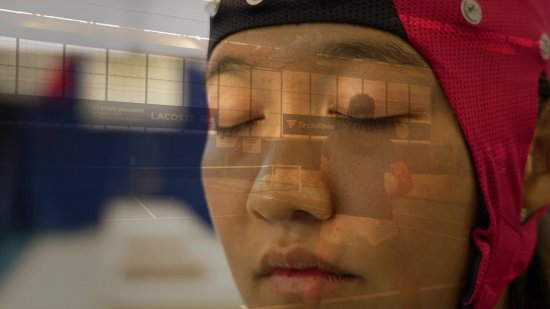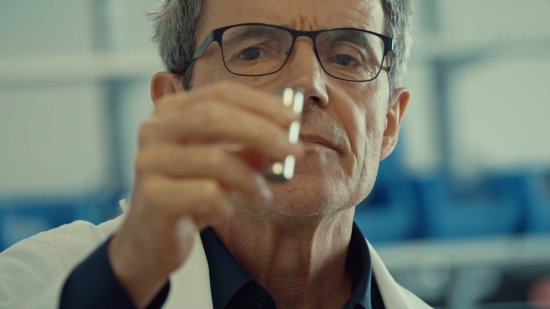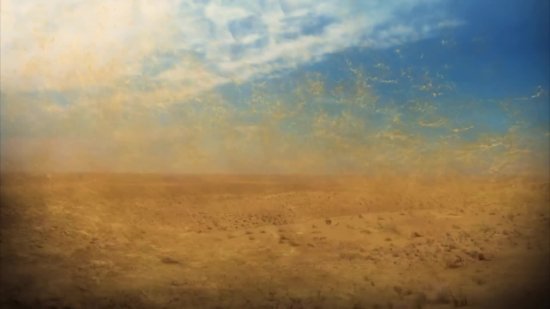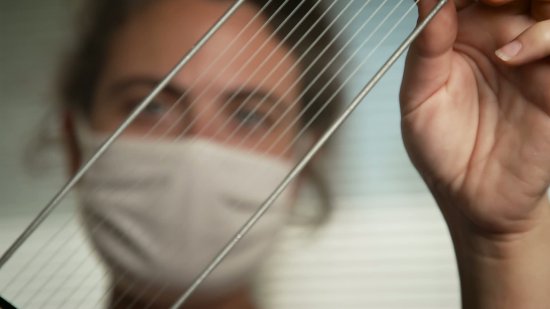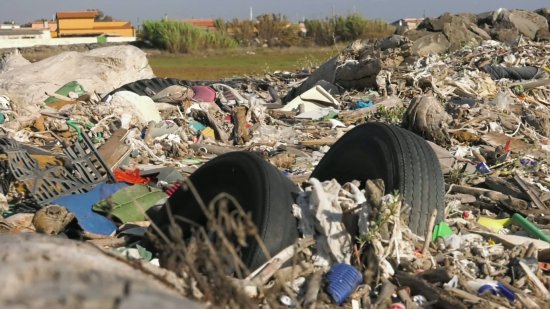
Pierre DE PARSCAU
Paris
Passionate about travel and adventure, Pierre makes documentaries about minority cultures around the world. In 2015 he became a crew member of the TARA ship expeditions and directed two films for France Télévisions. He regularly collaborates with ARTE, Le Monde and Ushuaia TV.

